Rich Snippets for Ecommerce – Item List, Products and General Pages
Rich Snippets for eCommerce is a Google product designed to increase the visibility of your product or service online. In fact, it’s an effective tool when used properly and should increase click through rates.

In short, a Rich Snippet for eCommerce is the standard search result with extra data displayed. The extra data is what attracts the interest of someone scanning the search results, making your page more attractive. As with most things on the web, catching viewers’ attention is what’s important, it leads them to your site and hopefully if you’ve got your conversion set up properly, to a sale.
Rich Snippets are effectively a language that converses directly to the viewer by giving you a channel to describe your website or product. Considering the average viewer only spends 15 seconds on a page, you can increase this time by getting the rich snippet right. Your potential customer will know what you are offering before they click on your link, increasing the likelihood of them staying on your page and even purchasing something.
You need to develop a good understanding of structured data before you can really understand how Rich Snippets for eCommerce can benefit your business. Fortunately, this guide to Google rich snippets for eCommerce and structured data will help you. More than that, it would be a good idea to get the help of a reputable SEO consulting company when starting with rich snippets, this will ensure you make the most of what is on offer.
Most Used Ecommerce Markups that Work for Rich Snippets
You can then start to implement the following factors into your rich snippets. Don’t forget to take a look at the search results yourself, you should be able to see the difference. Your page will jump out at you from the search results and that’s not just because you’re looking for it!
Item List
Another useful approach is to actually add a list of items into the search results. This is generally the subheadings in your article and it will tell the reader exactly what they are going to discover.
For example, if you’re doing a ‘how-to’ guide then you’ll have several steps to follow to complete the job. If the titles of these steps are listed in your search results then readers will see that you know what you’re talking about. They’ll also want to read through your article to understand the detail of each step.
It’s an excellent way not just to get them to your page, but to keep them on your page and sell them a product if that’s your aim.
Product
The most important thing that Google needs to understand is that your listing is a product page. If Google or even other search engines understand this they are more likely to show the page when people are searching for a product, not just looking at info on a blog.
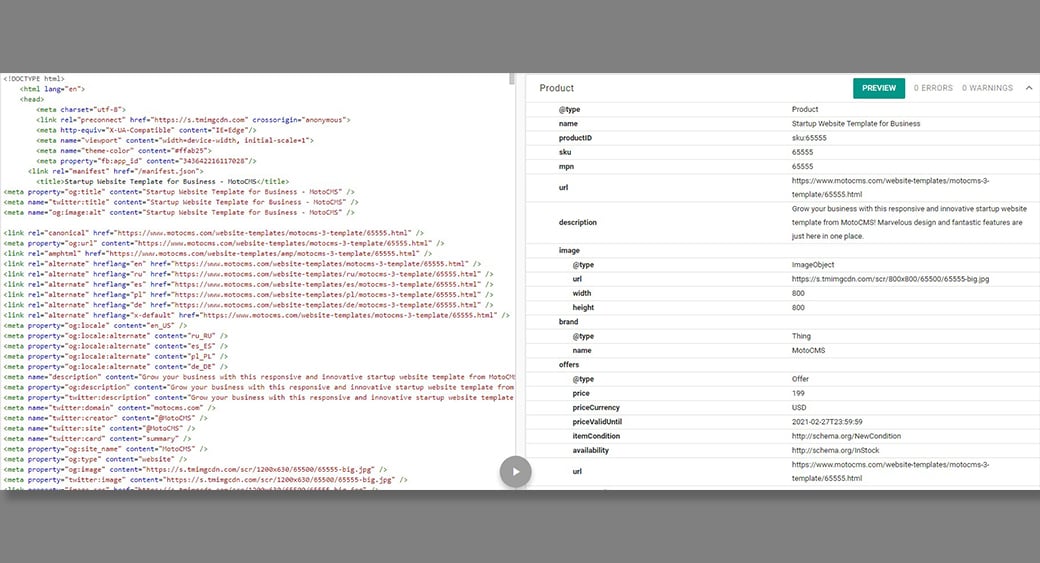
This is also a great opportunity to introduce other items. A simple list can tell the potential customer that there are variants of the product you’re offering. It can also highlight similar products that may be of interest.
This can be done via a product list but you don’t focus on specific products, instead focus on the types of products you’re selling. A potential customer may be made aware of an accessory they need and didn’t realize existed or they’ll simply be aware that you sell everything they need. That makes them more likely to use your services.
Ratings
If you glance down any search results page you’ll notice that the ones that stand out best are those with stars next to them. A visual rating makes a search result stand out, even if the result is not top of the page. This will increase the likelihood of a positive click, which means you’re more likely to convert a visitor to a customer.
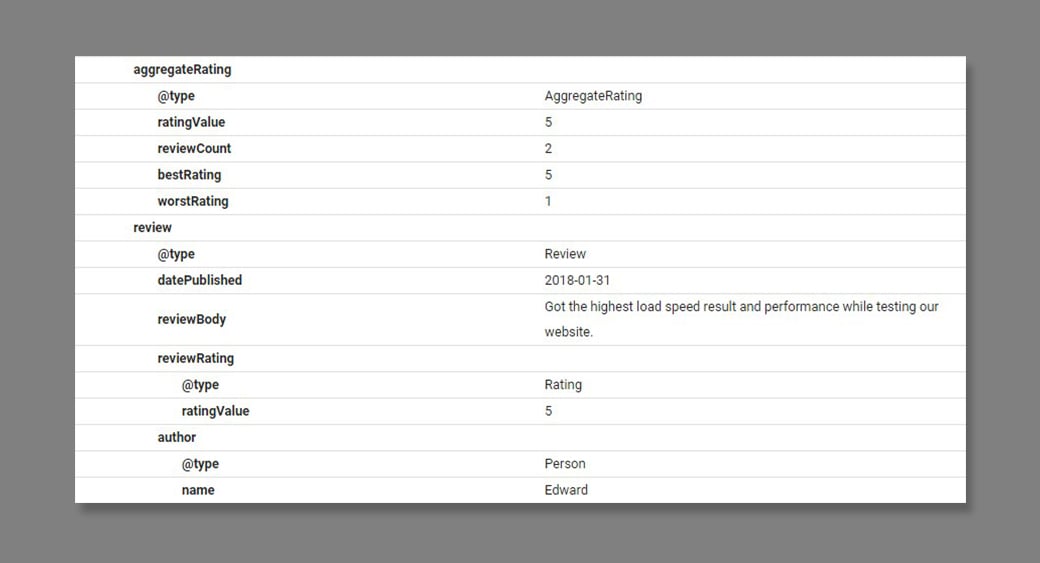
Of course, it helps if the rating is a good one. The implication is that you’re offering a genuine service/product and you’re good business. In effect, you’re showing your trustworthy which is half the battle online!
The star system that many websites use is excellent. With the aid of rich snippets for eCommerce, it adds a splash of color to the search results, instantly making your site the more noticeable.
Pricing
One of the most infuriating things in eCommerce SEO you can come across as a customer is difficulty in finding a price. If it’s not easy to find visitors will click away to new pages. That’s why you need to display the price in your rich snippet.
Straight away people will know what to expect and, if your price is competitive, you’re worth looking at further.
In fact, this is also a great opportunity to highlight any price reductions you’re doing, helping to make the customer believe they’re getting a good deal and you’re the best site to use.
Of course, you need to make sure you comply with pricing regulations, you can’t say something is reduced if it was never for sale at a higher price.
Availability
It’s no good having the best product or the best service if it’s not available! Obviously keeping everything in stock is the best approach but, if it is put of stock include this information in your rich snippet. This will help to ensure that people who do click through are going to become customers. Let`s check a simple product URL https://www.motocms.com/website-templates/motocms-3-template/65555.html As you see, the product page has a rich snippet with all the elements we`ve mentioned.
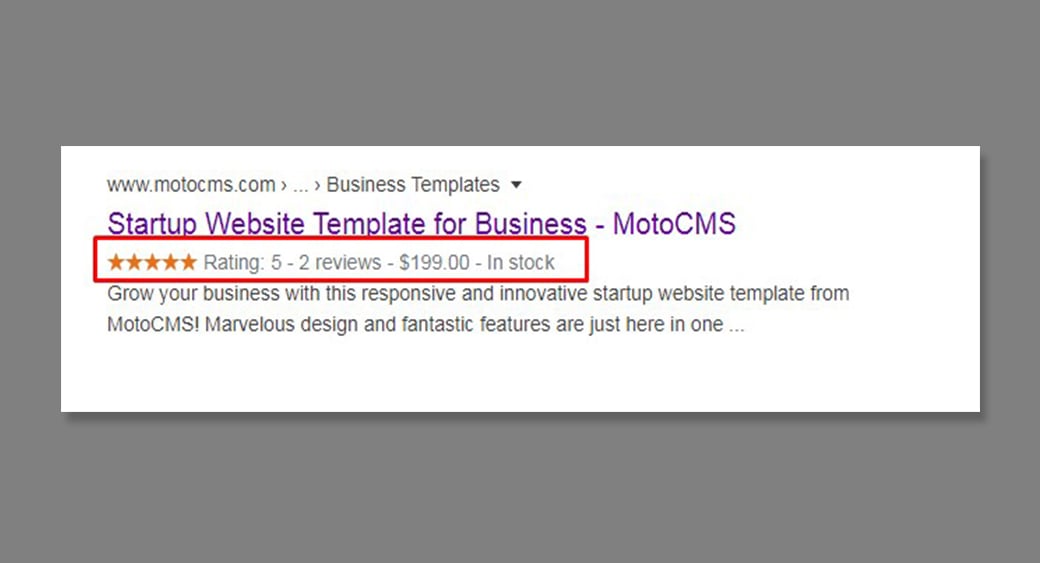
It is a good idea to automate this part of the process, if you don’t you’ll need to check the availability of all stock on a daily basis and update individual rich snippets for eCommerce data, that’s time consuming and not a good use of your time.
The good news is most eCommerce platforms will allow you to connect instantly, you just need to undertake structured data testing to ensure the values are accurate. Don’t forget, it’s the simple things, like not having a product in stock when it says it is, that cost you, customers, today and in the future.
PPC and Structured Snippets
We’ve already mentioned that SEO optimization is important, but, if you get the above factors set up properly you’ll find that PPC becomes an even more useful tool.
In general, PPC is used to encourage people to your site via adverts, in the hope that they’ll spend money with you, effectively recuperating the cost of paying for the click-through.
If you have all the details above in your rich snippet then the customers linking through are almost certain to be serious, they won’t click through if they know exactly what you’re offering and don’t have it in stock.
Getting Rich Snippets with Ads right means your PPC campaigns can be even more effective and that’s good news for your bottom line.
Incorrect Mark-Ups Lead to Penalties!
If you use the wrong code it’s possible that Google will penalize you. It’s also possible that the search engines will fail to pick up on your page when they should, as it will be categorized incorrectly.
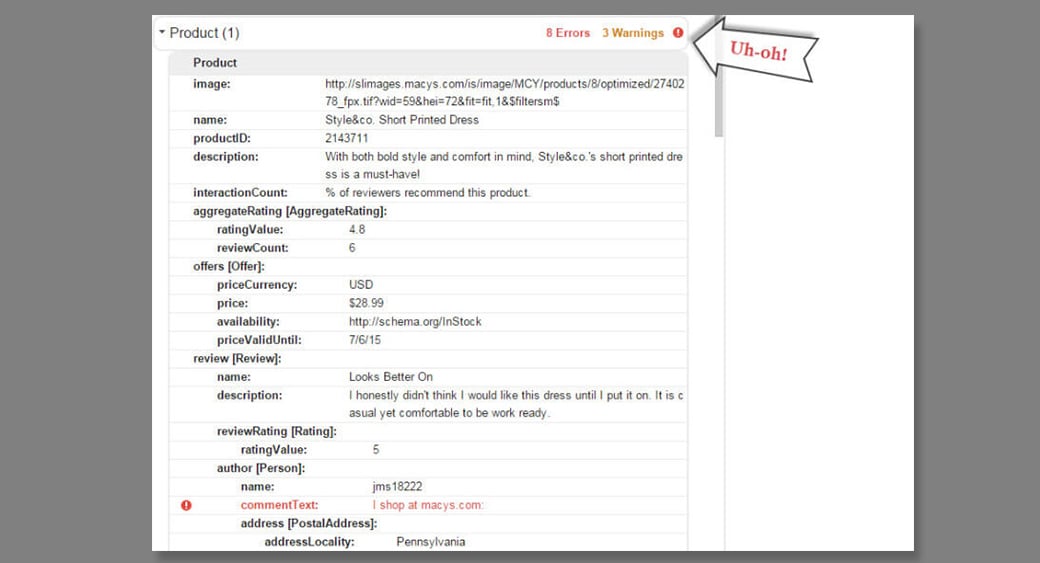
The main categories are articles, products, breadcrumbs, carousel, courses, datasets, events, how-to guides, and frequently asked questions. That isn’t all of them, just the most common and illustrates why you need to get the mark-up right.
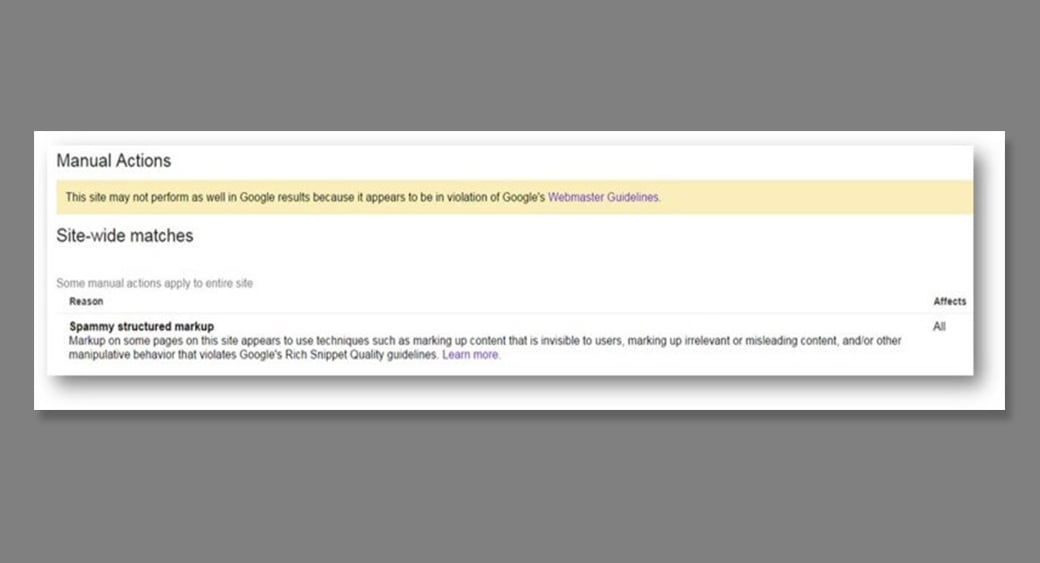
If you’re listing products and the mark-up shows events you’re not going to appear in the search results when you want to.
Getting Started With Rich Snippets For Ecommerce
Using rich snippets for eCommerce means having an understanding of codes. There are specific codes to allow the addition of each piece of data. You’ll find various pieces of code listed on the internet to ensure you can create the rich snippets for eCommerce you need. You may find it easier to seek help from professionals when getting started.
It can take time to create the right rich snippets and start to see the results on the search pages. You’ll need to monitor the pages regularly to ensure you’re efforts are working. It’s possible to test the page first using Google’s structured data testing tool, this will give you the opportunity to correct any mistakes, hopefully before Google spots them.
You’ll then have to wait and monitor, this will help you to spot any additional errors and, more importantly, to track the results of your rich snippets for eCommerce.
By adopting different approaches on different pages you’ll be able to establish which is the most effective for your product and industry. This can also help you to make use of the featured snippets section. Featured snippets stand out even better than regular snippets as Google has selected them to appear at the top. If you take a look at what is appearing you’ll probably notice a trend, such as they all use video. If that’s the case you’ll need to consider creating a video page with rich snippets, potentially boosting your visibility.
Rich Snippets for Ecommerce – Final Thoughts
Assuming your content fits into one of the structured data categories or mar-ups, then you’ll benefit from using rich snippets for eCommerce. If that’s the case you’ll need to start implementing the snippets now. It will take time to see them making a difference.
If your content doesn’t readily fit the established categories then it’s a good idea to see if there are any ways in which you can adjust it to fit, without breaking Google guidelines. The general rule is that if your competitors are doing it, you should be too.
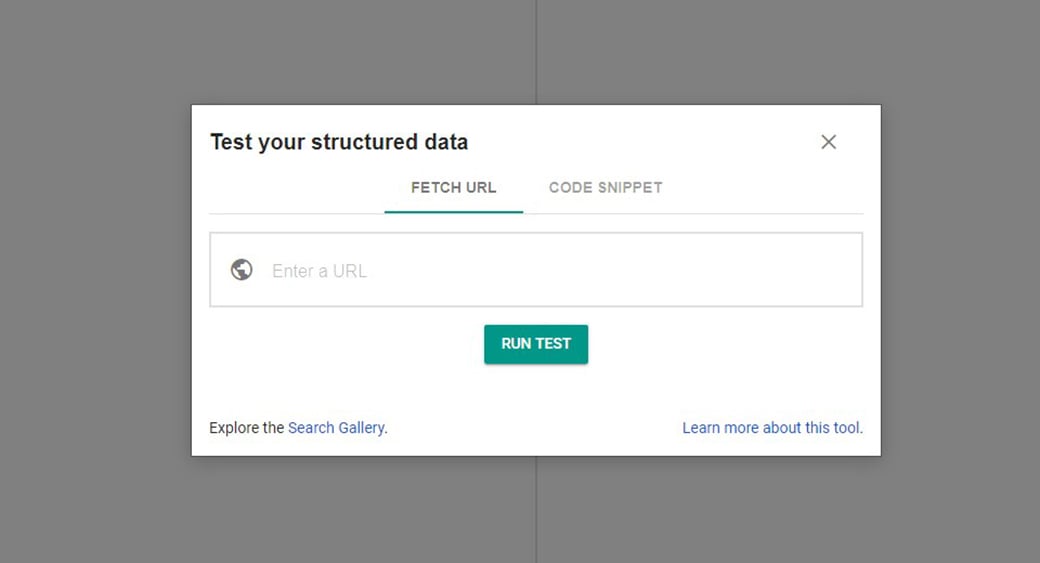




Leave a Reply